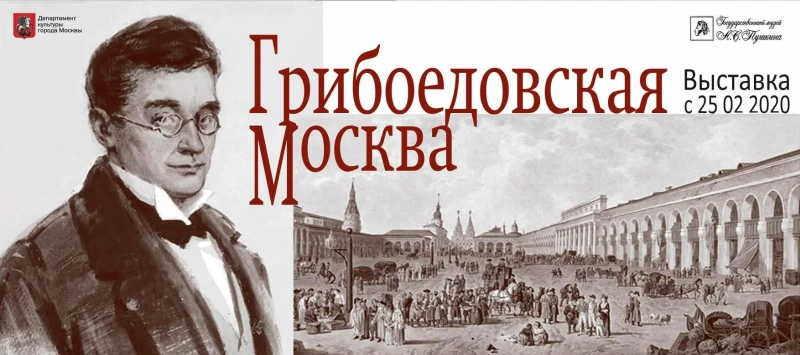In recognition of the artist, the boundless love from an early age to reading, books, illustrations, identified in further choice of life and career. Art education A. E. Kibrik received the Institute of fine arts in Odessa (1922-25) and the Institute (1925-27). Crucial to the creativity of the young artist was familiar as a student with a unique artist and teacher PN. Filonov. Kibrik became his disciple, and in 1926 entered based Filonov group "masters of analytical art" and the first independent work performed under the strong influence of this artist (illustration of "sub-Lieutenant Kizhe" by Y. N. Tynianov, 1930, etc.). In the illustrations of the beginning of the 1930s, to books by modern writers ("Neva story" D. M. Lavrukhin, 1933; "Heavy division" A. G. Lebedenko, 1934, etc.), the artist produces its own energetic and hard manner of drawing, tenaciously grasping the visible features of the world.
But decisive was the work on the book by R. Rolland's "colas breugnon" (1934 - 36). Kibrik attract full-blooded, one-piece epic characters, he gives his characters open, theatrical gesture, facial expression active, often using as models of professional actors. He loves the large format, giving play to the natural freedom of movement. Rough, coarse touch of his lithographs tight and juicy falls on the page of the book. So builds Kibrik and following his book - "the Legend of Eulenspiegel..." Charles de Coster (1937-38). The great Patriotic war reinforced the desire of the artist to the heroic themes and drew his attention to the Russian classics: "Taras Bulba" by N. Gogol (1944-45). Less successful was the attempt to apply the method developed by the artist to the Russian epics ("Heroic epic", 1948 - 50), where the fabulous Convention of the characters did not get along with the desire to put on their living flesh and placed in the real space. Monumental drama and heroics of their best books of the 1930s and 40s. the artist remained true in later works: "How the steel was tempered" by N. Ostrovsky (1953-56), "Boris Godunov" By Alexander Pushkin (1959-64), "Portrait" By N. Gogol (1973-77). A significant place in the life of Kibrik engaged in teaching. For twenty-five years (1953-78), he was a Professor at the Moscow state art Institute, led the workshop of easel graphics.
21.02.1906 (Voznesensk) — 16.07.1978 (Moscow)
Artist, master of book illustration.
He studied at the Odessa art Institute, in particular P. G. Volokidin, and at the Leningrad Higher art and technical Institute (VHUTEIN, 1925-1927).
In 1927-1930 was one of the most active member of the PN. Filonov Association "masters of analytical art" (MAI). After the split of MAI until 1931 worked in Sorame (art Studio for working youth) is an organization designed to develop mass Amateur. In the period of the ensuing persecution Filonov made in the newspaper "Soviet art" and the magazine "Young proletarian" with sharp criticism of their teacher (1932), after which other "Filonova" considered him a renegade.
From 1943 he lived in Moscow.
Created easel sheets and magazine graphics, but he gained fame primarily as a painter book. His early illustrations for Lieutenant kije Yu. N. Tynianov (1930) is entirely adjacent to the method of "analytical art" typical of the last "revealing" (as if the x-ray luminescence) inner life of things and shapes. Later moved to the style of moderate, "academic" modernism, through which the sufficiently expressive stood out the Northern art Nouveau and symbolism of the early 20th century that were an early base and Filanovskogo art.
Preferring the technique of charcoal drawing and pencil, and lithograph, combines monumental and epic forms and motifs with the softness of black and white effects. The most important graphic cycles Kibrik belong to a series of romantic illustrations for "the Cola Breugnon" by R. Rolland (1934-1936), the Legend of Eulenspiegel S. de Coster (1937-1938), Taras Bulba N. In. Gogol (1943-1945) and Russian "Heroic epics" (1948-1950). Besides the epic - but as a modern heroic epic - sought and in their historical-revolutionary compositions, which became examples of socialist realist graphics (a series of drawings of V. I. Lenin in 1917, 1947, the Central Museum of Lenin, Gorki; two sheets from the series "There is such party!" and "Lenin in Razliv" - was awarded the Stalin prize 1948). Among his later works the most famous illustrations to "Boris Godunov" by Alexander Pushkin (ink, 1959-1964, Tretyakov gallery).
From 1930 he worked actively as a teacher in the art Studio for working youth, of the Academy of arts and the Moscow Institute named after V. I. Surikov. Several of his publications of special interest "atomenergia" "the Work and thoughts of the artist" (1984), where Kibrik comes back to the creative impressions of his youth, explaining his break with the Leningrad avant-garde, but at the same time telling and a lot of valuable information about the latter.
Kibrik died in Moscow on 18 July 1978.
-
Artworks liked by6 users
- Artworks in 1 collection and 1 selection





